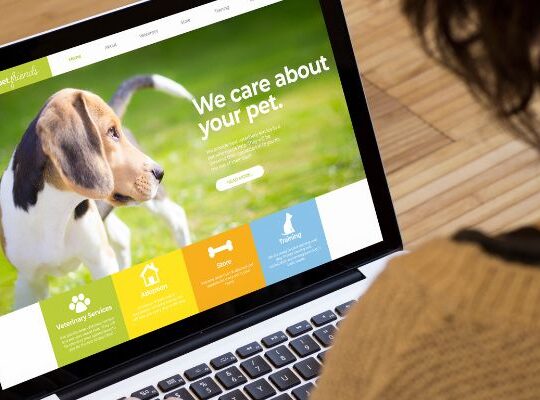A few weeks ago, a supplier told me they’d spent three solid days on a buyer presentation. It had beautiful slides, tons of data and lovely looking charts. They sent it to the buyer. . . and haven’t heard anything since.
Tumbleweeds.
How deflating after all that time and effort?
When this happens, I encourage brands to look at their story, not their products. Because a great category story doesn’t show data, it sells a point of view.
If you want to strengthen your category story before your next buyer meeting or a range review, focus less on data overload and more on clarity, context and connection.
In this post I share three ways to bring your story to life to buyers can see the opportunity and feel confident saying yes.

Lead with insight, not information
Buyers see more numbers in a week than, well. . . I was going to say an accountant, but you get my drift! Retail buyers aren’t short on data, they’re short on clarity.
So don’t start with a spreadsheet. Start with a sentence that explains why the numbers matter.
Instead of:
“The market’s up 10% year on year.”
Try:
“Shoppers are looking for X that fill X need, and that’s driving a 10% rise in X type of products.”
One tells them what’s happening, the other tells them why it’s happening. And most importantly, where the opportunity is.
Make it commercial, not cute
Retail buyers have KPIs and targets to meet. They’re thinking:
“How does this grow my category?”
They care about cash, space and shoppers. . .probably in that order!
So when you’re building your story, translate your insight into impact.
Instead of:
“Our new range is delicious”
Say:
“This range fills X gap worth £Xm to the category”
Or, instead of “our flavours are unique”
Say:
“These flavours trade shoppers up without adding duplication and improve space productivity.”
Prove you are a great partner
Buyers can sport another supplier who is on autopilot, but they want are partners who help the category perform.
That could be as simple as bringing new data, shopper insight or activation ideas to them. Or offering flexibility that makes life easier for them. Think pack formats, replenishment frequency, and promotional support.
Smaller suppliers can really win with this, because they can make changes speedily.
Show that you are proactive, adaptable and easy to work with, so that you feel like a safe bet.
What does a strong category do?

A strong category does three things:
It starts with why, not what
It links every idea to commercial impact
And it makes the buyer feel like they’ve found a partner, not just another pitch.
If you can do those three things, your next meeting won’t just get polite nods, it’ll open up conversations.
And if you’d like help turning your data into a story that sells, that’s exactly what I do with my category management service.
Want to know more? Let’s chat.







